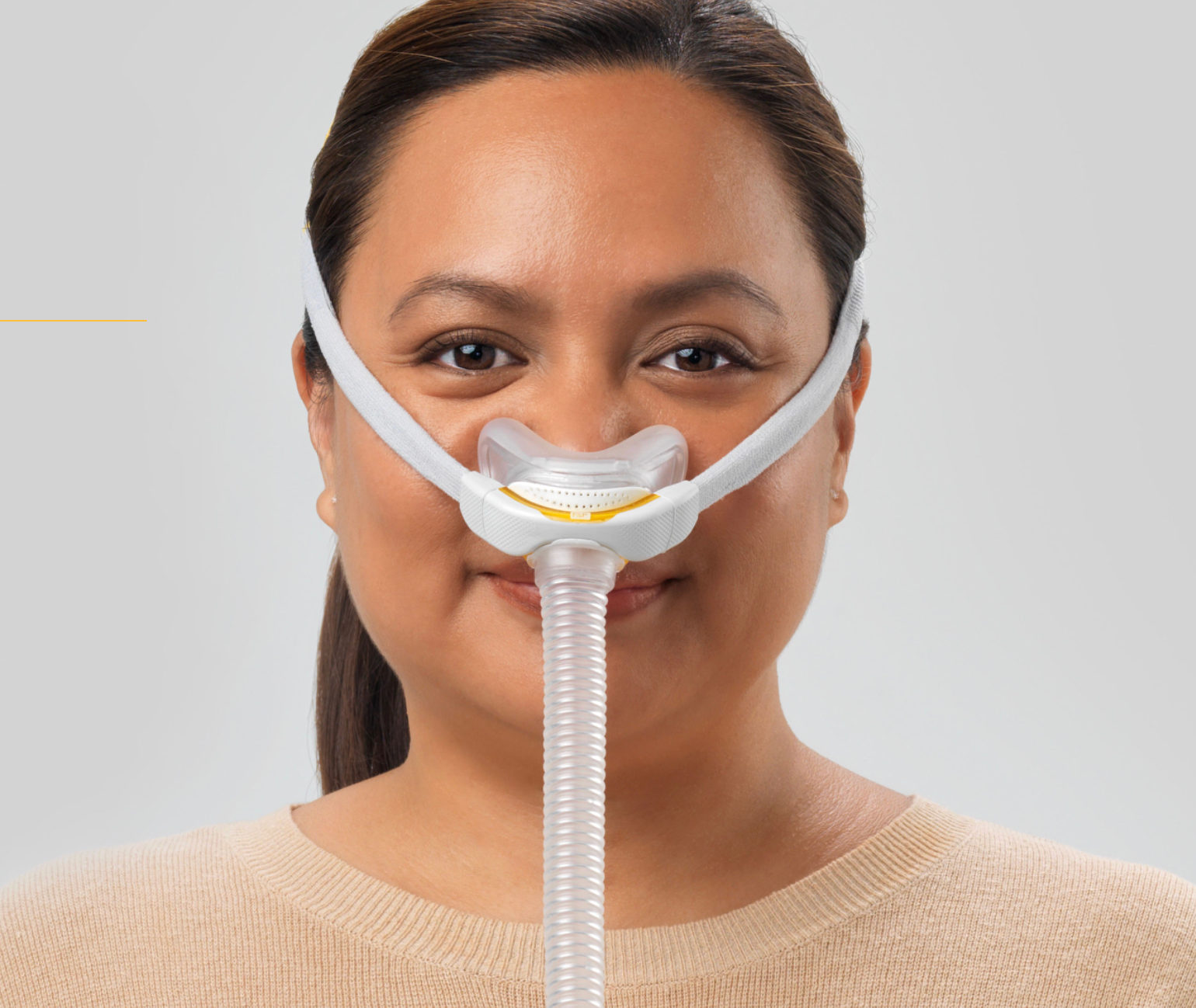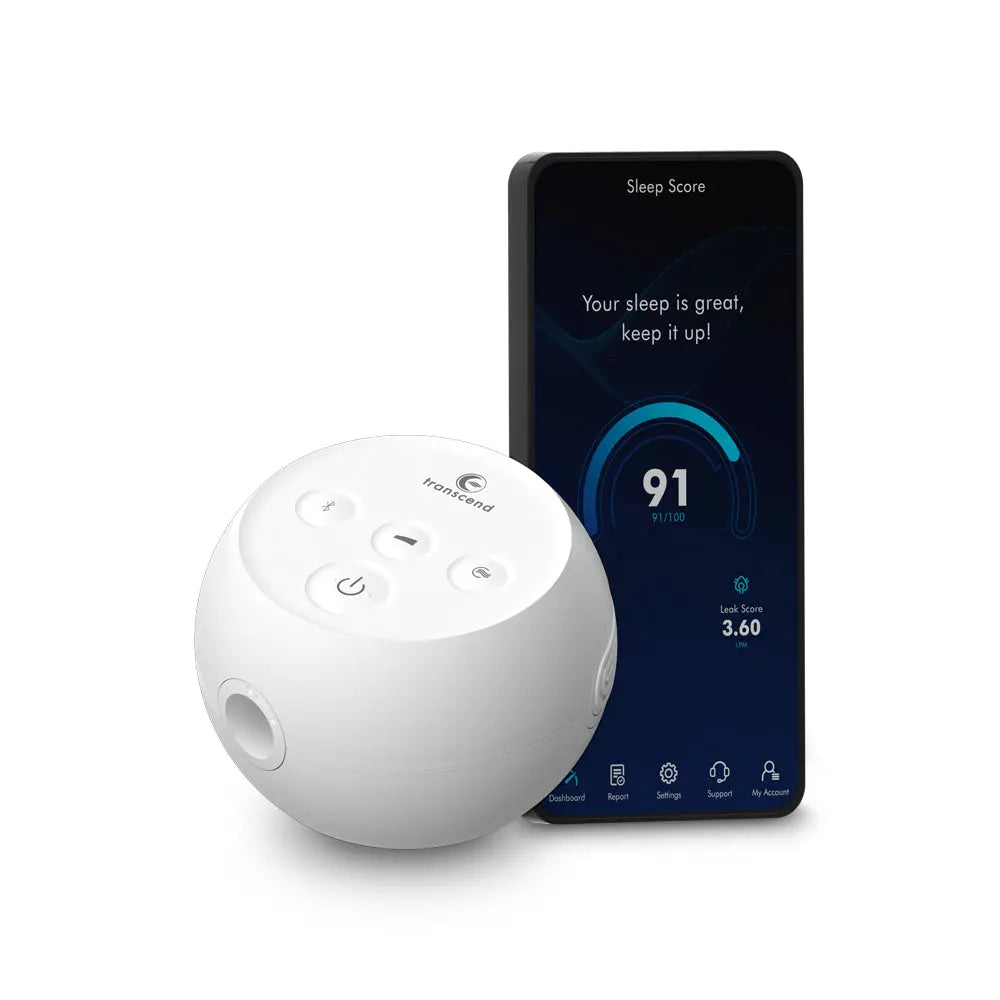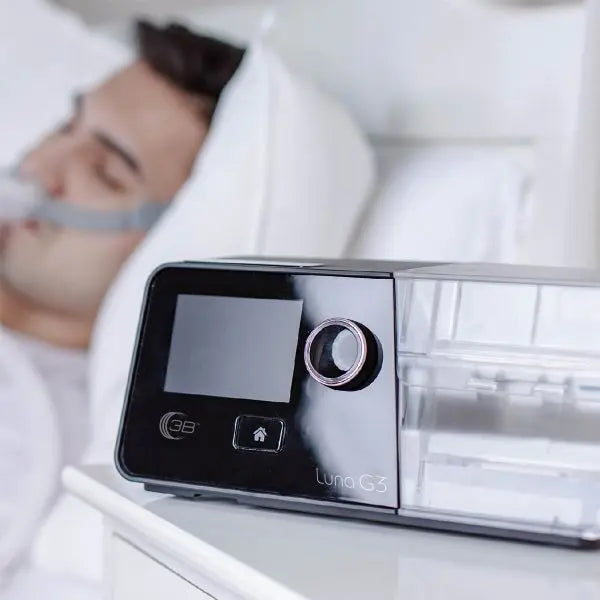The Dangers of Not Cleaning Your CPAP Humidifier Tank
Introduction
A CPAP (Continuous Positive Airway Pressure) machine is a lifeline for individuals with obstructive sleep apnea, helping them breathe freely through the night. Many CPAP users rely on humidifiers to add moisture to the air and prevent dryness in the nose, throat, and sinuses. However, the humidifier tank can quickly become a breeding ground for bacteria, mold, and other contaminants if not cleaned regularly. Ignoring this simple maintenance task can have serious consequences for your health and the effectiveness of your treatment.
The Risks of a Dirty CPAP Humidifier Tank
-
Bacterial and Mold Growth
Warm, moist environments like a humidifier tank are ideal for bacteria and mold to grow. If not properly cleaned, your CPAP machine could pump these harmful microorganisms directly into your airway. Inhaling bacteria-laden air may lead to respiratory infections, bronchitis, and sinus infections. -
Allergic Reactions and Irritation
Mold spores and bacteria present in the humidifier tank can trigger allergic reactions, resulting in sneezing, coughing, a runny nose, and itchy eyes. Users with asthma or compromised immune systems are particularly vulnerable, as contaminated air may worsen their symptoms or cause more severe reactions. -
Foul Odors and Unpleasant Breathing Experience
A dirty humidifier tank can cause a musty or sour smell during CPAP use, leading to discomfort while sleeping. Many users describe waking up with headaches or nausea, which could be tied to breathing contaminated air all night. -
Mineral Buildup and Equipment Malfunction
If you use tap water in the humidifier, mineral deposits can accumulate over time, causing scaling. This buildup may clog the humidifier and compromise its performance, reducing the quality of your therapy. It may also lead to damage that shortens the lifespan of your machine, resulting in costly repairs or replacements. -
Compromised Sleep Quality
CPAP users depend on their machine to provide consistent airflow for restful sleep. If your humidifier is not working correctly due to mold buildup or mineral scaling, it can lead to interruptions in therapy, forcing you to wake up throughout the night. Poor sleep can worsen apnea symptoms and leave you feeling exhausted the next day.
How to Properly Clean Your CPAP Humidifier Tank
Maintaining a clean humidifier tank is easy with the right routine:
- Daily Rinse: Empty the humidifier tank every morning and rinse it with warm water. This prevents stagnant water, which can encourage bacterial growth.
- Weekly Cleaning: Use a mild detergent or vinegar solution (1 part vinegar to 3 parts water) once a week to remove residue and disinfect the tank. Make sure to rinse thoroughly afterward to avoid any lingering soap or vinegar smells.
- Use Distilled Water: Tap water contains minerals that can build up over time, so using distilled water helps prevent scaling.
- Let it Air Dry: After cleaning, leave the tank open to air dry completely before refilling it to avoid creating a damp environment where bacteria can thrive.
- Replace When Needed: Most humidifier tanks should be replaced every 6 months or sooner if they show signs of discoloration or damage.
Conclusion
Keeping your CPAP humidifier tank clean is an essential part of maintaining the safety and effectiveness of your sleep therapy. Regular cleaning prevents the buildup of bacteria, mold, and mineral deposits, protecting both your health and your equipment. By following a simple maintenance routine, you can enjoy better sleep, improved therapy outcomes, and peace of mind knowing you’re breathing clean air throughout the night.
Bibliography:
- American Sleep Apnea Association. "CPAP Machines and Cleaning Guidelines."
- National Institutes of Health. "The Impact of Respiratory Infections on Sleep Apnea."
- ResMed. "How to Clean and Maintain Your CPAP Equipment."








Leave a comment
This site is protected by hCaptcha and the hCaptcha Privacy Policy and Terms of Service apply.